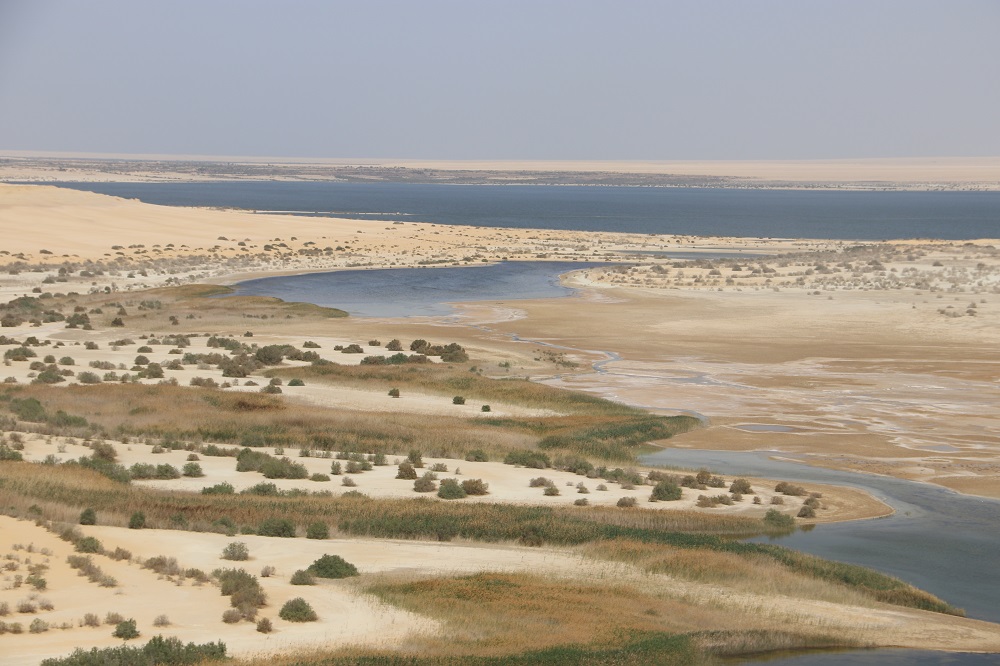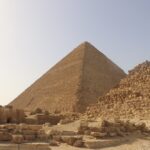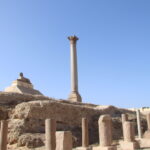Introduction: Wadi El Natrun, situated in the Western Desert of Egypt, is a region of immense historical, religious, and natural importance. Renowned for its salt lakes and ancient Coptic monasteries, Wadi El Natrun has held significance since Pharaonic times up until the present day.
Historical Significance:
Ancient Times:
Natron Deposits: In ancient Egypt, Wadi El Natrun was highly esteemed for its abundant natron deposits, a type of salt essential for the mummification process. Natron was also utilized in rituals, cleaning practices, and various industrial applications.
Trade Hub: Positioned between the Nile Delta and the Western Desert, Wadi El Natrun served as a crucial trade route, connecting different regions of Egypt and facilitating the exchange of goods and cultural influences.
Coptic Christianity:
Monastic Center: During the 4th century AD, Wadi El Natrun emerged as a prominent center for Christian monasticism. The secluded and serene environment made it an ideal setting for spiritual contemplation and religious devotion.
Famous Monasteries: Several notable Coptic monasteries were established in the area, including the Monastery of Saint Macarius, the Monastery of Saint Pishoy, the Syrian Monastery, and the Monastery of the Romans. These monasteries played significant roles in the advancement and preservation of Christian teachings, art, and literature.
Natural Features:
Salt Lakes:
The valley is home to numerous salt lakes that have been utilized for salt extraction since ancient times. These lakes contribute to the distinctive ecology of the region, supporting a variety of flora and fauna species.
Biodiversity:
The surrounding desert landscape harbors a diverse range of plant species adapted to the saline environment. Additionally, the region serves as a sanctuary for migratory birds and other wildlife, underscoring its ecological significance.
Cultural and religious importance:
Pilgrimage Site:
Wadi El Natrun continues to hold great importance as a pilgrimage site for Coptic Christians, who visit the monasteries to pay homage, seek blessings, and partake in spiritual retreats.
The monasteries remain active centers of worship.
Preservation Initiatives:
There are continuous endeavors being made to safeguard the historical and ecological legacy of Wadi El Natrun. These initiatives involve the upkeep of the monasteries, conservation of the natural surroundings, and advancement of sustainable tourism.
Contemporary Relevance:
Wadi El Natrun remains a place of spiritual and touristic interest, drawing in visitors intrigued by its abundant monastic history, distinctive natural scenery, and historical importance. The region also captivates archaeologists and historians who are researching the development of religious customs and desert survival in ancient Egypt.
Summary:
Wadi El Natrun stands as a symbol of Egypt’s diverse cultural and ecological legacy. Its combination of historical importance, religious significance, and natural allure makes it an enthralling spot for history buffs, religious travelers, and nature enthusiasts alike. The ongoing preservation initiatives guarantee that this extraordinary area will be cherished for many generations to come.



